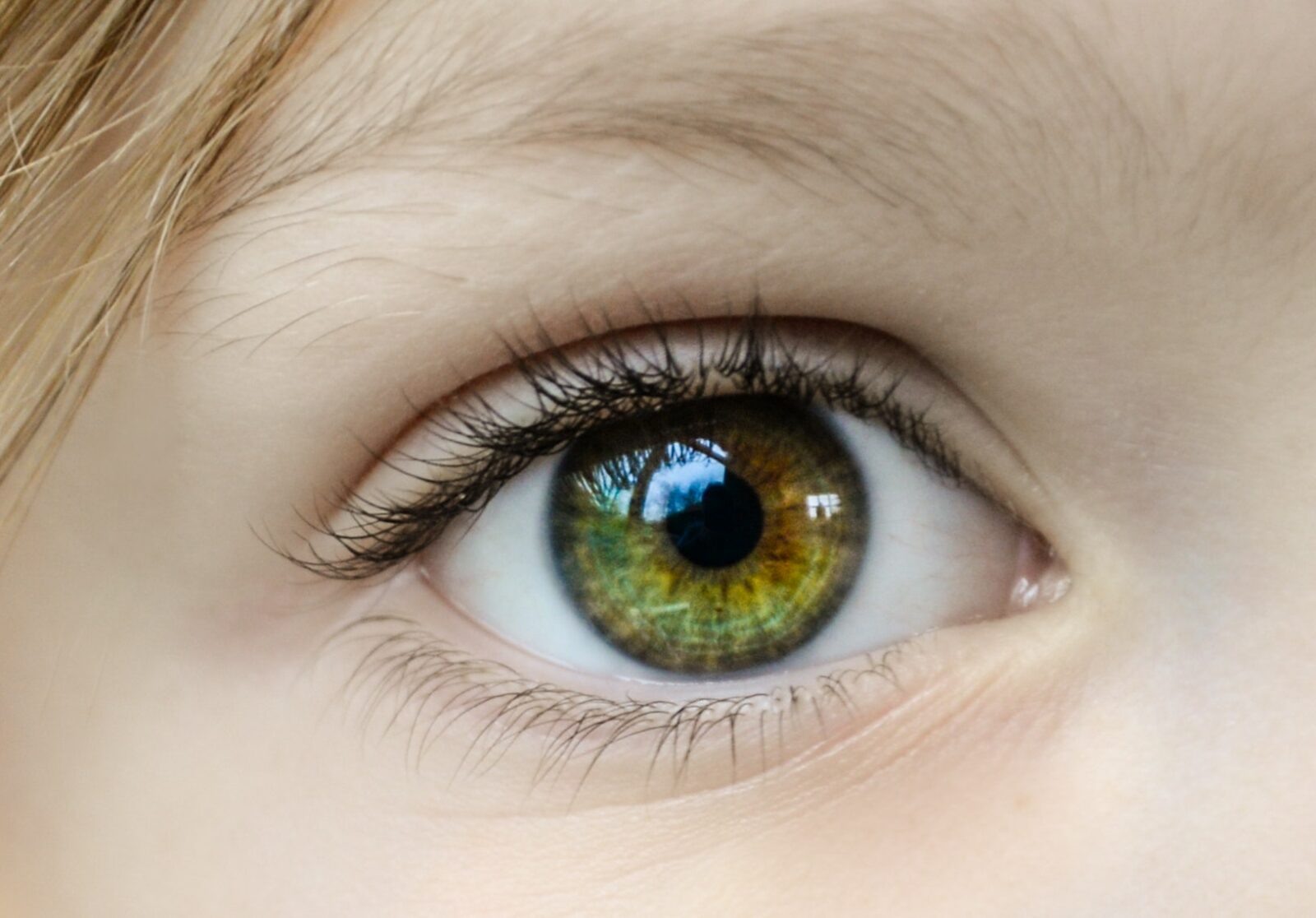
As we age, our eyes naturally go into decline. After 50, most of us need at least reading glasses. While this change is inevitable, we can be proactive and take measures to protect our eyes, especially from damage due to our modern lives. We can be conscious of artificial light exposure, screen time, and our diets.
Artificial light sources can impact us at the endocrine and cellular levels, which may increase the risk of blindness, cataracts, and age-related macular degeneration. A new study shows that light-emitting diodes (LEDs) can cause retinal damage to the photoreceptors in your eyes. LEDs may also induce necrosis (cell death) in eye tissue. Compact fluorescent lamps (CFLs) may do the same and cause oxidative stress damage to your eyes and photoreceptors on your skin.
As with many lifestyle issues, a common sense and realistic approach is an excellent way to mitigate damage and protect your health. Let’s take a look at how eye health is declining and some measures to implement to reverse that decline.
Understanding human vision
The visual system is the sensory system that enables sight. It is highly complex and includes the eyes, neuronal visual pathways of the brain, the retinas, and the cerebral cortex. The eye on its own is very complex and comprised of several types of tissues, each with its own crucial function. All must be healthy for the eye to be healthy. Some parts of the are particularly important to the visual process. They are also susceptible to the stress of screen time.
The lens
The lens is a transparent convex disk whose function is to focus light on the retina. The lens is suspended within the eye, behind the pupil, by ligaments attached to the ciliary muscle, which forms a ring inside the eye. The lens bends parallel light rays inwards, making them converge in a point called the focal point, and making that focal point fall at the depression at the center of the retina called the fovea, which is surrounded by a ring of pigmented tissue called macula. The lens changes its curvature to focus the light of an object on the fovea to bring its image into sharp focus. The focal point must fall precisely on the retina for the object to be seen in focus. Changes in the shape of the lens are controlled by the ciliary muscle.
Members Only Content
To continue reading please subscribe to WellnessPlus by Dr. Jess MD
Be your own best doctor with our comprehensive suite of online health coaching tools.
